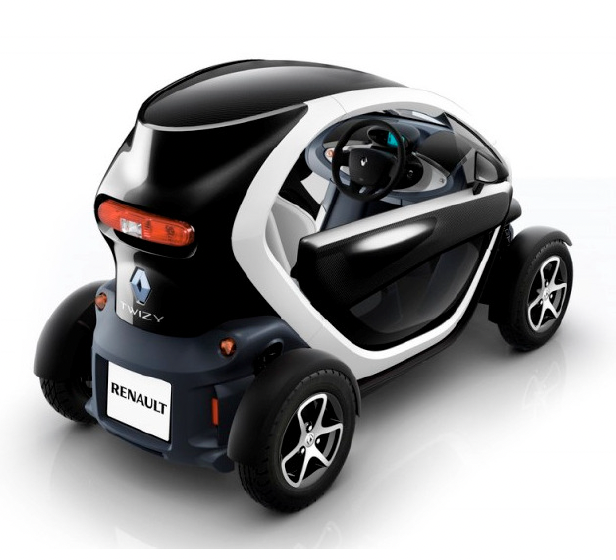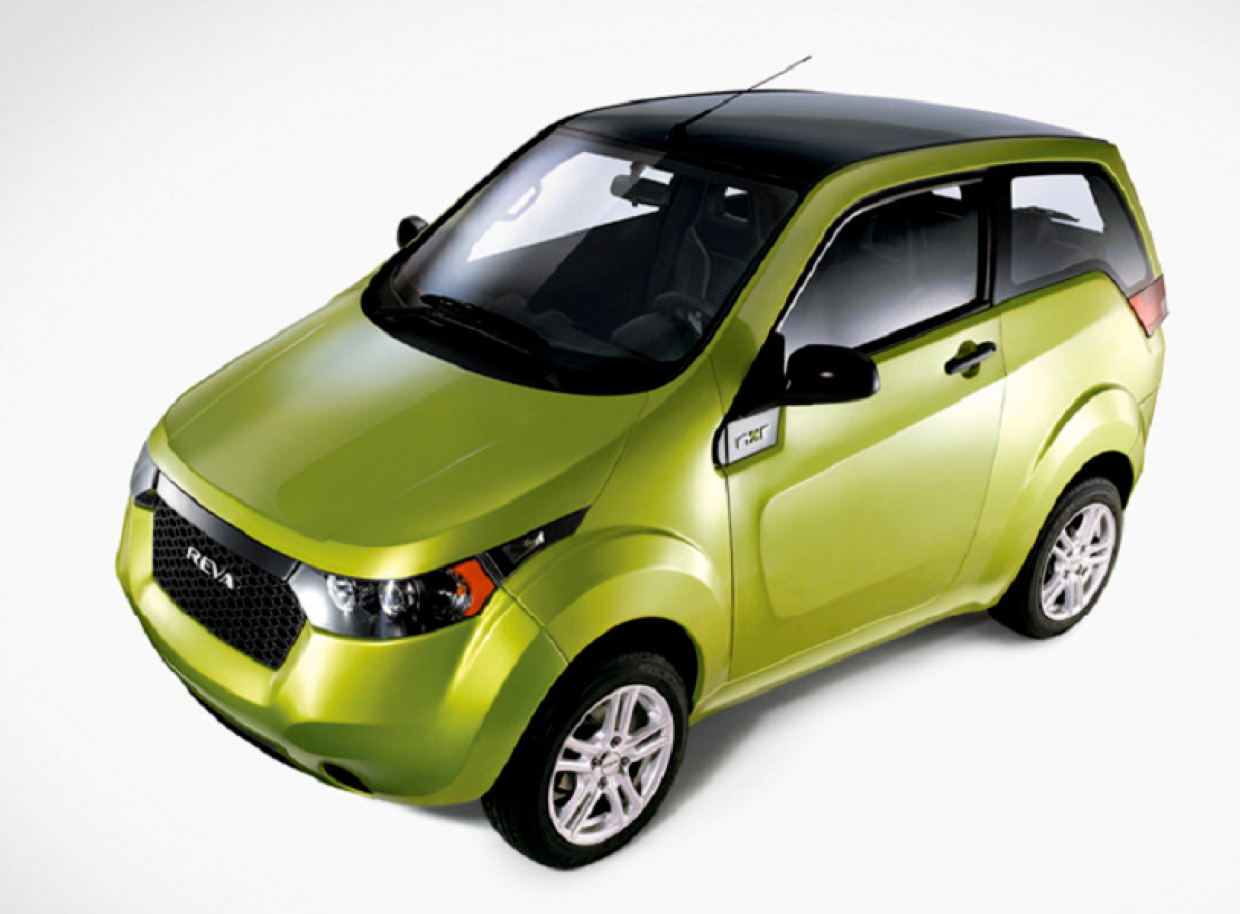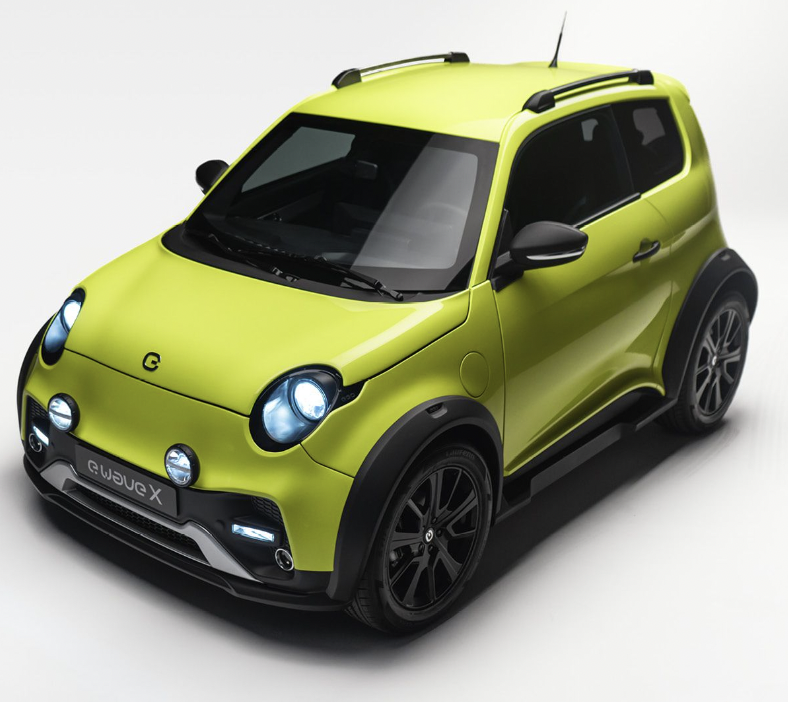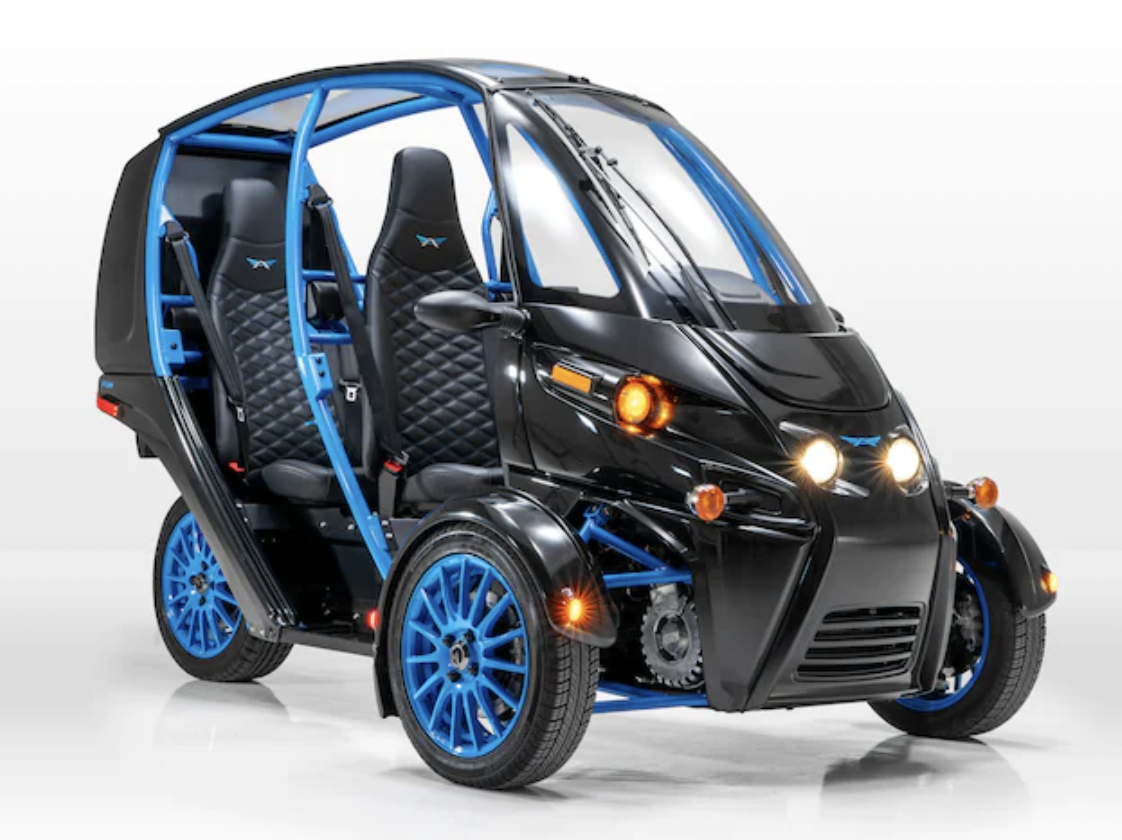Using Thermoforming for Making Parts for Electric Vehicles (EV)
One of the hottest topics when it comes to electric vehicles is the range. By that, we mean how far an electric vehicle (EV) can travel on a full charge, literally getting behind the wheel of the vehicle with the battery at 100% and driving it until the battery is completely empty.
Many factors can be optimised to increase the range of an EV. One of them being how light can we make the EV without compromising on the strength of the vehicle.
Lightweight thermoplastics like ABS/PMMA or ASA have a huge role to play when it comes to development of parts like exterior panels. The thermoforming process creates the least stressed parts which are not only lightweight but also eliminate the requirement to do a paint process.
Lightweight thermoplastics like TPU/TPE are used extensively in development of car interior parts like instrument panel, door panel, arm rests and A/B pillars. The thermoforming process is used as a lamination process to laminate the soft skin over the hard ABS or PP substrate.
Usually during the development of any new EV - the OEM decides to have the parts of the proto made using glass fibre hand lay up process but once the production volumes ramp-up, they usually have to opt for a more industrial process such as thermoforming to be able to do serial production. But during this transition from GRP to Thermoforming - the design team has to consider the thermoforming process limitations by knowing how the materials will behave with the new part design. Machinecraft can help by consulting the company to transition their GRP parts to thermoforming.
Some examples of EVs that are made using the thermoforming process are: Renault Twizy, eGo Mobile, Mahindra Reva, Arcimoto, Aixam Mega .. Do you know any EVs that are being manufactured using the thermoforming process? Please drop a comment on the post!







